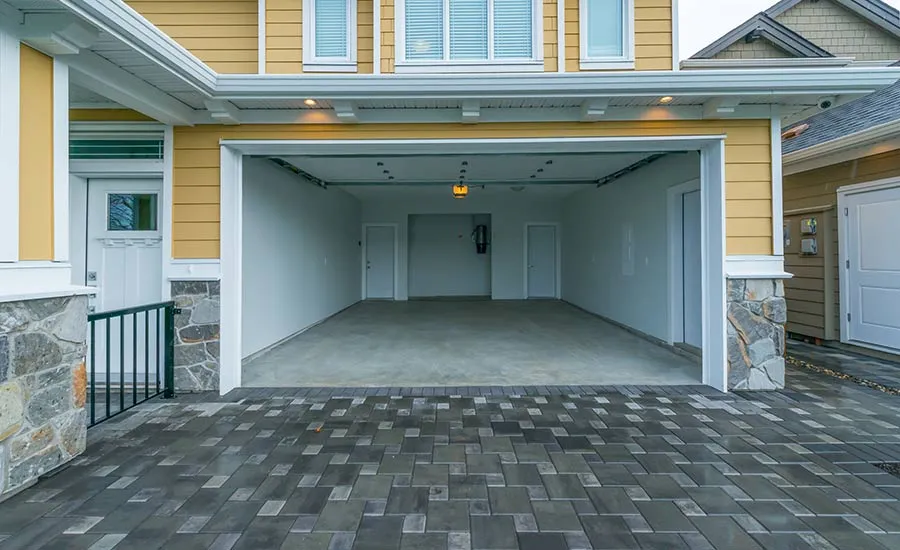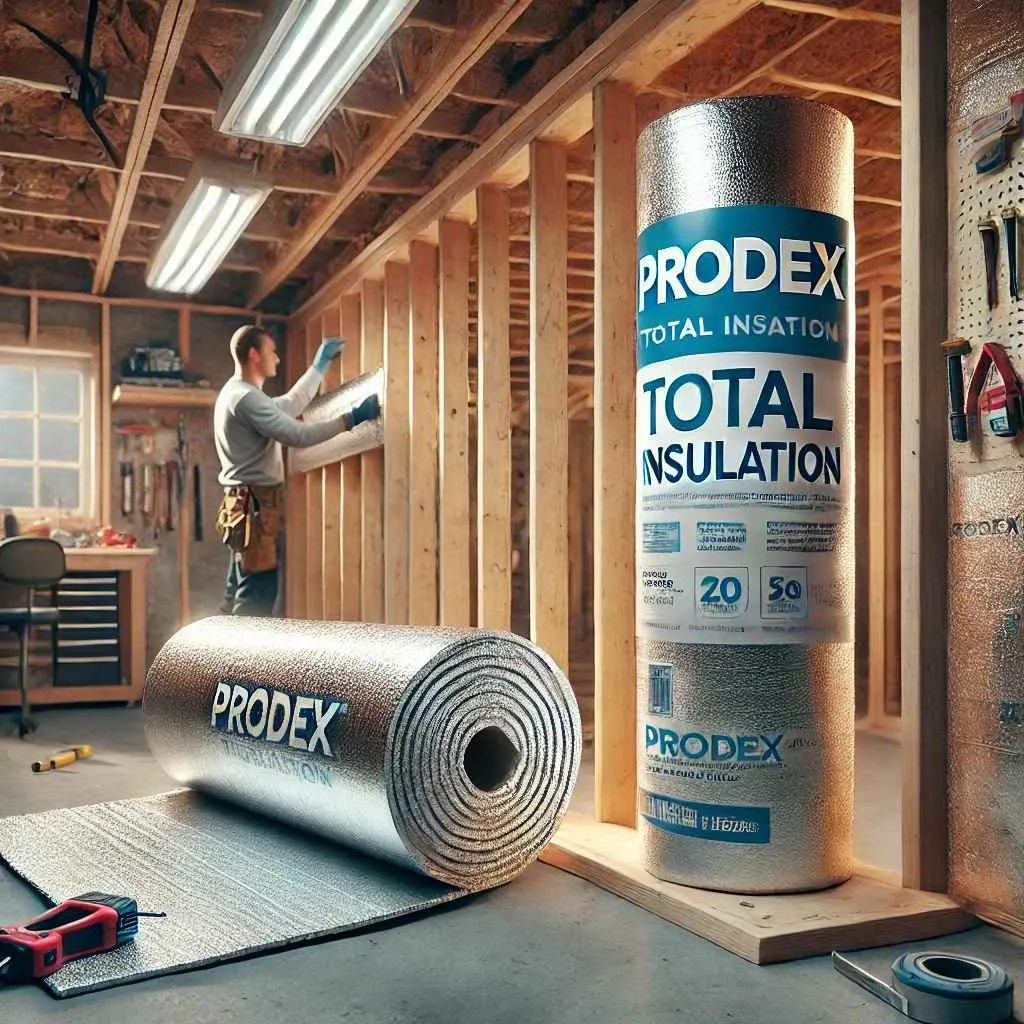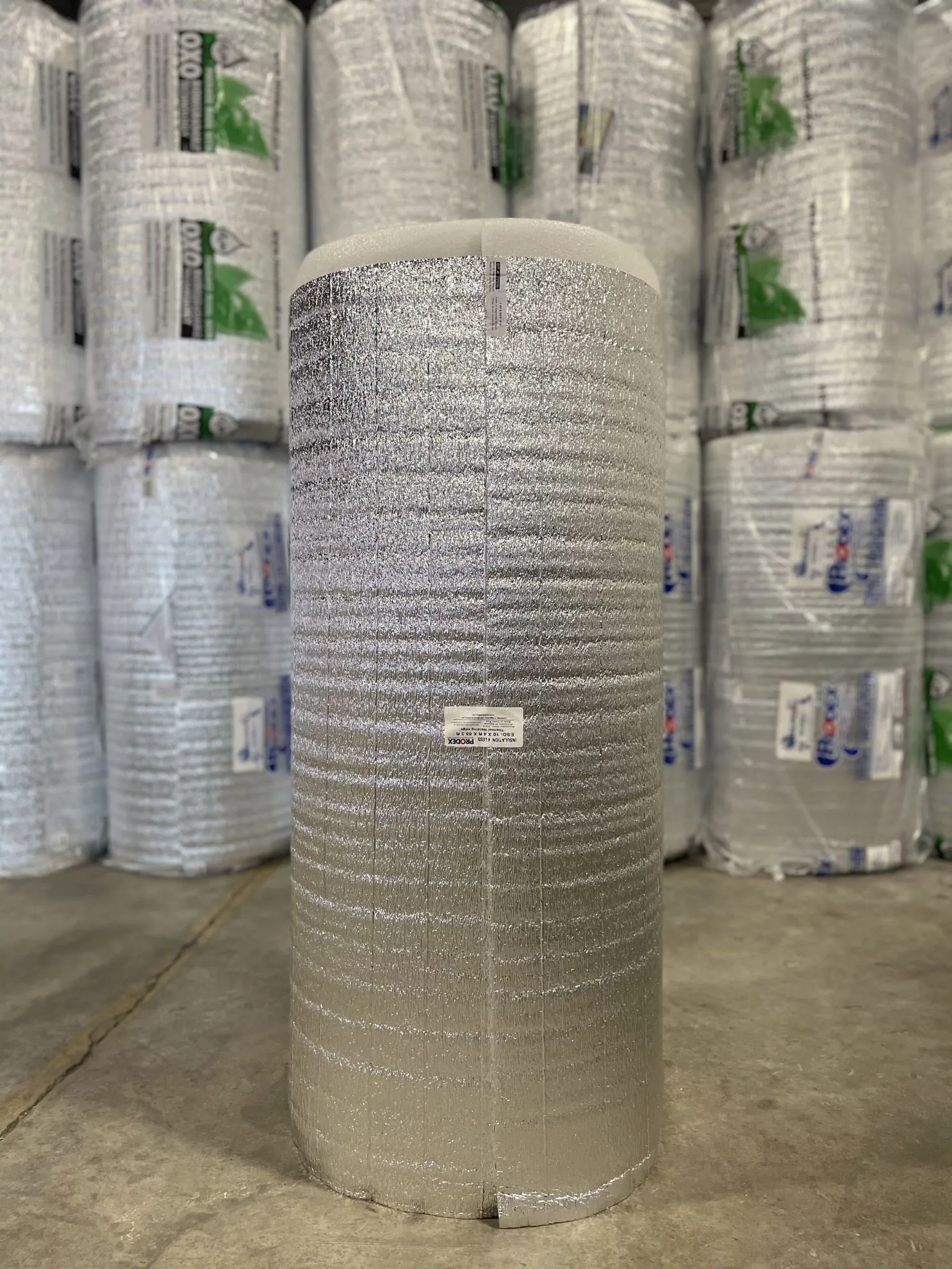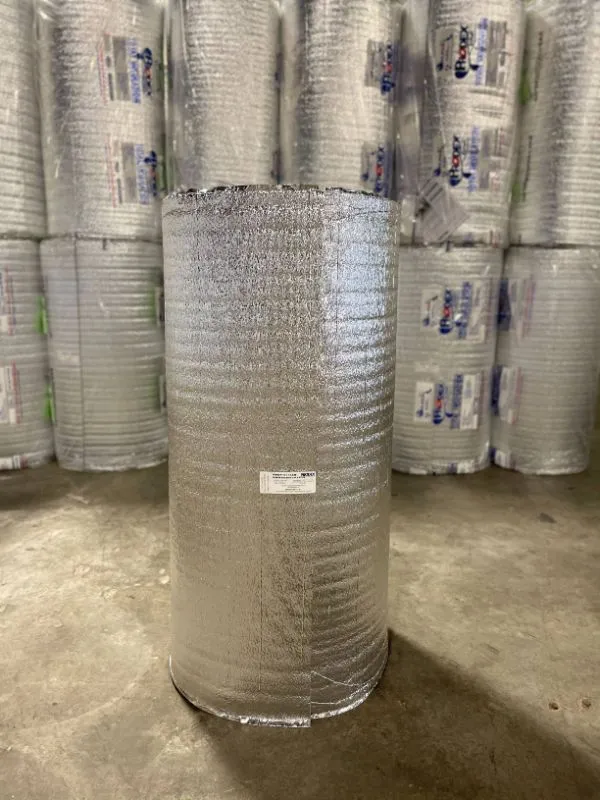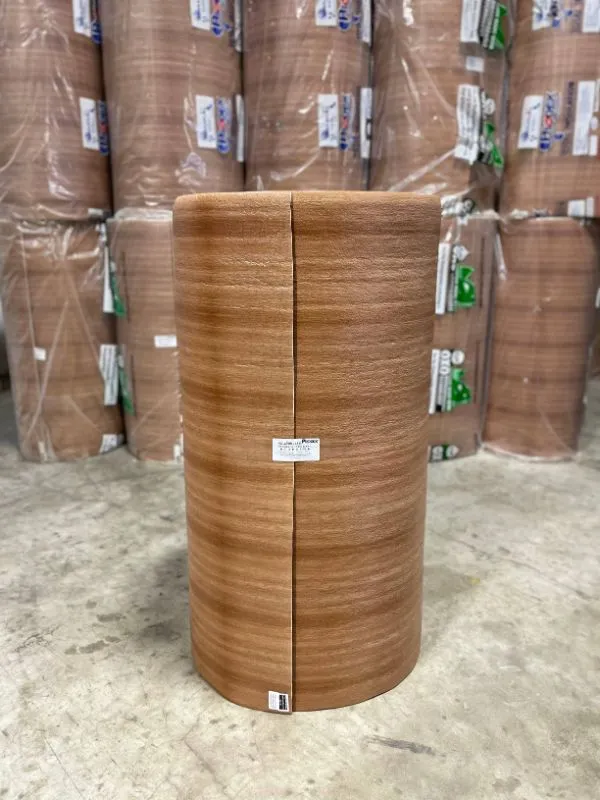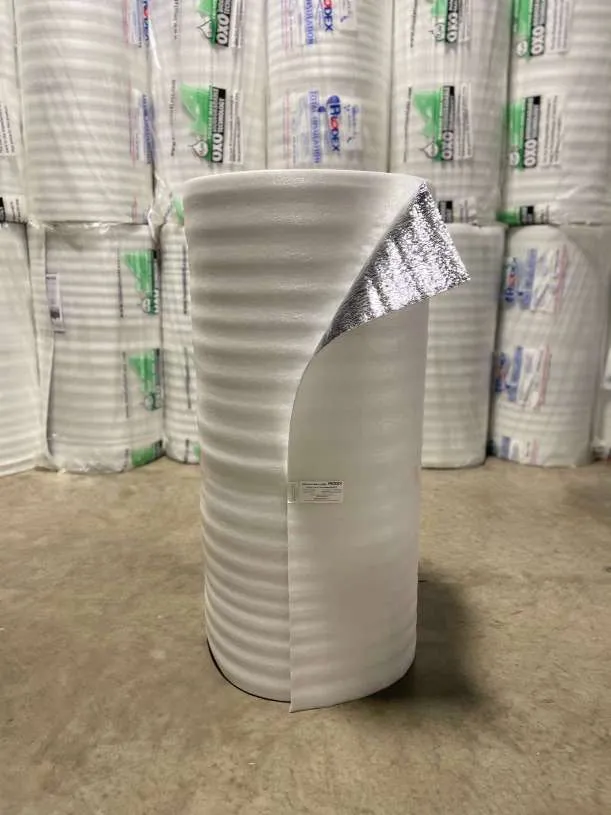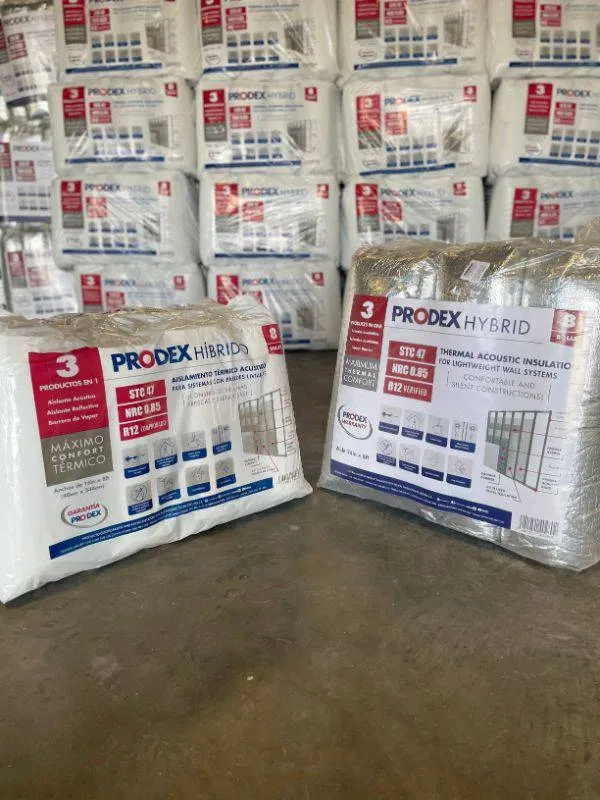Yes. Prodex Total garage insulation regulates the temperature, prevents condensation, blocks noise, and reduces energy costs.
Use garage insulation to:
- - Regulate the inside temperature
- - Avoid condensation (sweating)
- - Deaden the sound of rain and hail
- - Reduce energy costs
- - Maximize return on investment
- - Add value to your garage
- - Protect the environment (using less energy directly results in less pollution)
Roll pricing is on every product page. Discount volume pricing is in the shopping cart.
No. Virtually all our customers install themselves. With a good screw or staple gun, you’re halfway finish. Visit our installation page.
The amount of R-value you seek will depend on the climate, intended use of the garage and the desired temperature you hope to maintain in the garage. Prodex Total can be used as a stand-alone or supplemental insulation. It’s important that you don’t lose R due to moisture. Unfortunately, fiberglass loses R when introduced to moisture. That’s why it’s important that you supplement fiberglass with Prodex Total to protect the fiberglass from moisture and to also stop radiant heat transfer.
Prodex Total will keep your garage cool in the summer, warm in the winter and dry all the time.
Prodex Total has a high-quality core that keeps its shape when exposed to forces. Prodex Total 5M plus has a nominal thickness of 5mm (0.2"). Prodex Total 10M is 10mm (0.4"). Both are closed cell polyethylene foam covered on both sides with reflective reinforced foil facing. Under pressure, the Prodex micro-cells do not collapse -- With a pressure of 6 PSI Prodex compresses just 6%. When the load is relieved, it takes back its initial shape. The density of the foam is between 1.25 lb/ft (sq) - 1.87 lb/ft (sq). This gives the material real body.
Because bubble insulation has a core composed of air rather than closed cell polyethylene foam, it lacks the long-term consistency in performance of Prodex Total Insulation.
Bubble wraps are composed of either one (single bubble) or two (double bubble) layers of air bubbles sandwiched between two metalized surfaces. Once the surface of single or double bubble is punctured, it collapses.
The R-value of Prodex Total reflective insulation is the measurement of the system rather than a measurement of just the product. Measuring the R-value of the system (a real-world application) is a truer measurement vs. a measurement of the product only. For example, what good is the posted R-value of fiberglass given that once installed in an environment that includes any moisture it loses R-value? Virtually all real-world environments include some humidity. Unlike fiberglass the R-value of Prodex Total insulation is NOT affected by humidity.
Featured Garage Insulation For Sale – Prodex Total

